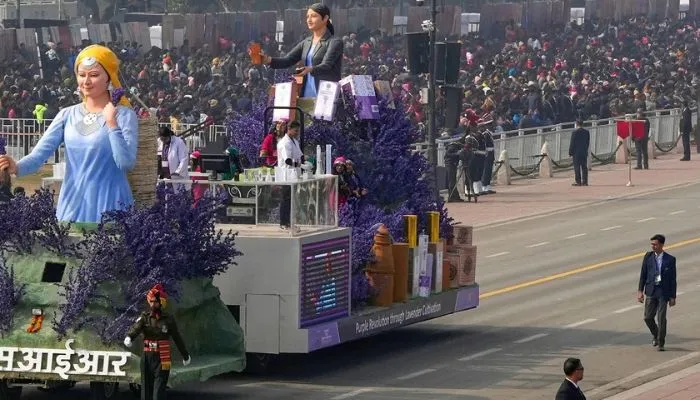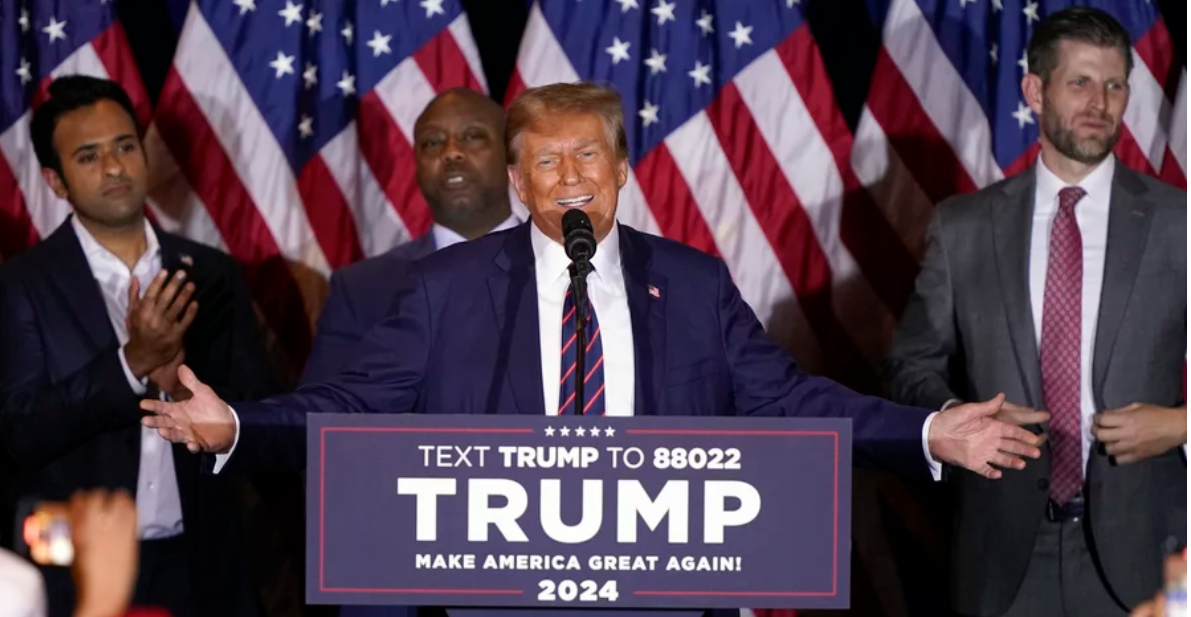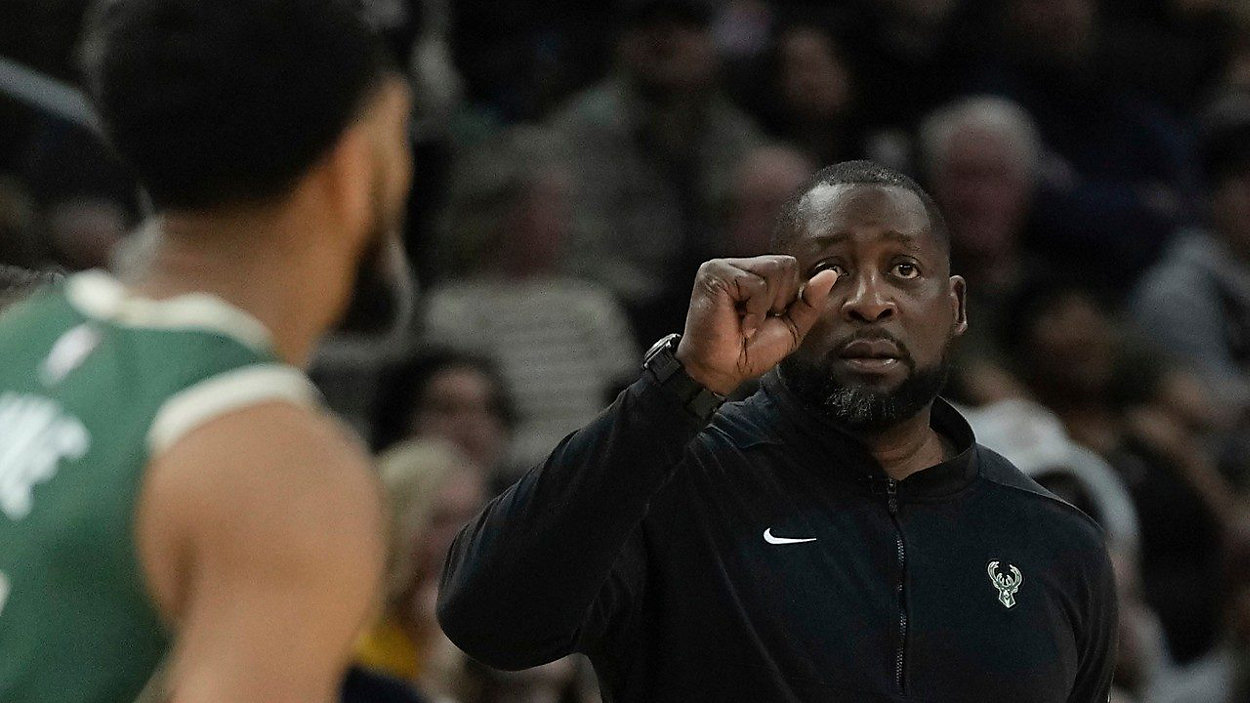Today at the History Clinic, we will treat the lies spread on the Babri Masjid-Ram Mandir issue with historical proof. There has been a lot of political debate on the Babri Masjid-Ram Mandir issue, but what is its history?

History has no witness to the Babri Masjid or any temple associated with it. Did Mughal emperor Babur build a mosque in Ayodhya? Did Babur demolish any temple in Ayodhya? What do the archaeological excavations in Ayodhya and in the Babri Masjid complex say? Was there a temple under the Babri Masjid?

In this episode, first of all, did Mughal emperor Babur build a mosque in Ayodhya? We don’t have any historical evidence to say that Babur built any mosque in Ayodhya.

Mughal emperor Babur used to keep a daily name of his life. That is, a diary that he wrote in his own language, Jagataya Turkish, we also know as Tusk Babri. Later, Baba’s grandson and the most famous emperor of the Mughals, Akbar, awakens his grandfather’s diary. Translated from Turkish to Persian which we know today by the name of Babur. In the Baburnama, Babur does not mention building a mosque in Ayodhya, and in his diary, he does not even mention going to Ayodhya.
In the second century, many beavers had translated Babur’s diary by reading both Turkish and Persian couplets by the name of Babur’s Rose, which was published in 1921. It is clearly written that on 28 March 934 AH i.e., 1528 AD, Babur stayed at the confluence of the Sarda and Ghaghra rivers in the Principality of Awadh. It is 72 km from Ayodhya. Here, the period refers to the entire area, which was between the Gomti and Ghaghra rivers at that time. After this, we do not find anything in Baburnama. So that we can say that from this confluence again, Babur has gone to Ayodhya. Babur never visited Ayodhya.

After Babur, his grandson Akbar’s poet Abul Fazal definitely mentions Ayodhya and Ram in his Akbarnama, but he does not say that Babur built a mosque here, nor does he talk about demolishing any of his temples, nor does Tulsidas, who wrote Ramcharitmanas in the time of Akbar, mention any Ram Janmabhoomi temple. They also do not mention any mosques in Babur. No one writes about the demolition of the Ram temple.
Before these two, in his book ‘Neevan Butta’ published in the Chaudhary century, it is not written anywhere that there should be a Ram Janmabhoomi temple in Ayodhya. The Gadi Inscription on the mosque says in Persian that Amir Baatein was at the command of Shah Babar. He built this mosque, and this inscription does not speak of any temple being broken or falling down.
Historian Sushil Kumar says in his book The Disputed Mass that this inscription has been written in G style. He corresponds to the writing style of the 19th century. If not for the 16th century, then this mosque became a big fire on the structure of the mosque, especially the portions as you can see in this picture. It matches the texture of the mosques of the Shaki kings of Jaunpur.
Bins for support inside the mosque are large on the part of the mosque. From the sides and the dome of the mosque, this mosque looks like the Atala Mosque built in Jaunpur itself, and it was also built by the kings of the city in the 14th century.
So not in the history of Babur and the Mughals, nor in Ayodhya. There is no talk of a mosque, nor will they demolish any temple in Ayodhya.

But do we find anything like this in the history of Ayodhya? Archaeologist BV Lal conducted excavations in Ayodhya between 1979 and 1980 and found the oldest history of Ayodhya to be no more than a century BC. These excavations were to collect historical evidence of the Valmiki Ramayana. Lal, however, did not find any such evidence in the oldest layers of the Ayodhya excavation. That is, the way these houses are described in the Valmiki Ramayana, they were not found in the excavation of Ayodhya in the year BC.
Ayodhya was earlier known as Saket and was named Ayodhya by Skandgupta in the Fifth Century AD, but the Buddhist traveler Sunsang, who came to the Seventh Century AD, describes Ayodhya as a famous Buddhist center where there were many monsters, i.e., Buddhist viharas and stupas. This is also known from the first excavation of Ayodhya.
Alexander Cunningham was the first Director General of the Archaeological Survey of India. from 1862 to 1863, and there were solid Roop and a Buddhist monastery were found, one of which, according to Cunningham, was built in the presence of the Mauryan emperor Ashoka. According to historian Kunal Chakravarty, Ramala Thapar, Sudhar Jaiswal, etc. were found between the fifth and eighth centuries AD. Inscriptions mean Ayodhya, but not for a devotee of Ram; Ayodhya was also considered to be the place of birth of the first and fourth Jain Tirthankaras.
Even before that, Dasharatha Jataka, which is one of the Jataka tales, It is said that Varanasi was the capital of King Dasharatha and his daughter Rama. Most of the stories are collections of Buddhist stories that were written between 300 B.C. and 400 A.D., but the date written in 89 is Farah Baksh, which is the date of Faizabad district, i.e., Ayodhya, from 1720 to 1819. She also does not mention any temple in Ayodhya, which is the Báb! below Shiva.
In Sikandar Karenge Hum’s excavation of Ayodhya from 1862 to 63, he does not mention any temple from which a mosque was built. You will find them in many modern temples there. That is, such temples, which were built recently, followed by the Ganesh of 1969–70, which was done by a team of Banaras Hindu University,
also did not find anything like this. B.V. Lal never published the full report of his excavation of Ayodhya from 1979 to 1980, but we get his summaries from two issues of the Indian Aapki Review. BV Lal had excavated on the mount named Ram Janmabhoomi, but according to him, nothing of special interest found him; that is, a temple should be demolished for a mosque here too. If not, how did this issue come up? What was found in the excavation of three
The first record is conflict. Between 1853 and 1855, when the Bairagi of Hanumangarh, which is now a Vaishnava set, was built, according to them, Ram was born on the site of the Babri Masjid, but there was no historical place behind it, as you must have known by now. At that time, this mosque was called Jama Masjid. That is,
it was only after 1855 that its name was read as Babri Masjid. Instead of ending this matter, the British government promoted it and made it a medium. To declare the Nawab of Awadh as nikamma so that he could include Awadh in his fold in 1856. With the encouragement of the British government, in 1857 Bairagi captured the eastern part of the mosque and built a Ram Chabutra there. In the same year, Maulvi Mohammad Asghar, who was the mohsin of Babri Masjid, He filed a petition against the occupation of the mosque, saying that Mohsin is the one who gives his life in the mosque.
After this, the British government built a wall in the Babri Masjid in 1859 AD and divided the mosque into two parts. For one Hindu place of worship and one mosque, Hindus were asked to enter from the East Gate and Muslims from the North Gate. Petitions for complete possession of the mosque were filed in 1860, 1877, 1883, and 1884.
But the British government rejected it. In the 1885 petition, Mahant Raghubar Das sought permission to build a temple on the Ram Chabutra, but there was no mention in this petition that there is a temple below the Babri Masjid. This petition was also rejected in 1886, so there should be a Ram temple under the Babri Masjid even by 1886.
There was no proof. It wasn’t mentioned. This mention is only in the English Gases, written between 1870 and 1923 AD, and there is no historical evidence for it either. How will it be when, before the British, there was no history of Babur building a mosque in Ayodhya, demolishing a temple, or having a temple under the mosque?
In 1949, the All India Ramayana Mahasabha held a recitation of Tulsidas’s Ramcharitmanas for nine days. At the end of the night, idols of the mythological Lord Ram and Sita were placed inside the Babri Masjid. Six days later, the Babri Masjid was made a disputed property, the entry of Muslims was completely blocked, and the mosque was locked. Hindus could visit the idols from the side gates. This was the Babri Masjid, the history of Ram Janmabhoomi before the British and also in the era of the British, which makes it clear that the Babri Masjid is built on the remains of a temple.
This was after 1870. This is the most important chapter in the history of independent India. A 2003 event that took place at the site of the Babri Masjid after its demolition. There were two aspects to this experiment. Both are experienced archaeologists. Professor Verma and Professor Mate, who wrote a paper in 2010, described what they believed was found under the Babri Masjid.
According to him, there were a lot of problems in the sea excavation, the fourth of which was filed against the Complaints Observers. According to Professor Verma and Menin, many pillar bases were created in the excavation; that is, the structure created by the excavation was not found earlier, which actually exited. The western wall was the eastern wall, and the western wall was the western wall. There was a slight inclination, which is commonly seen in a mosque where the main part of the mosque is built on the western wall in India because Mecca is in the west of India. According to Professors Verma and Menon, a mosque was found under the Babri Masjid.
The last and most important historical moment of this case, which remains from the 12th to the 13th century now, emanates from the Supreme Court Vertex of 2019. While the Supreme Court judgment on page 906,960 clearly states that the report of Asikson does not prove that the structure found under the mosque was demolished to build the Babri Masjid, the report also does not say that the mosque was built from the remains of the structure found. Finally, they met under the Babri Masjid.
Is there any evidence as to what caused the destruction of the structure? The report does not give nor does it give evidence that the structure found below the Babri Masjid was demolished to build it; that is, the Supreme Court judgment also retracts what we have just seen by looking at history: that a temple was demolished to build the mosque. There’s no historical proof of this.
From the pages of history, we again get to know four mean things. There is no evidence that the earlier mosque was built by Babur or not. Secondly, this mosque was built on top of a temple after it was demolished. There is no historical evidence of this either, and it first began to be mentioned in 1870 during British rule. Thirdly, there was a temple under the Babri Masjid.
Archaeologists doubt this too. went. According to the observations of the 2003 excavation, there is another 12th- to 13th-century mosque below the Babri Masjid, and according to the Supreme Court judgment of Chauth, it was found below the mosque. We don’t know the reason why the structure was demolished. When the historical evidence is so filmy, then it is left to do politics with loud noises.





